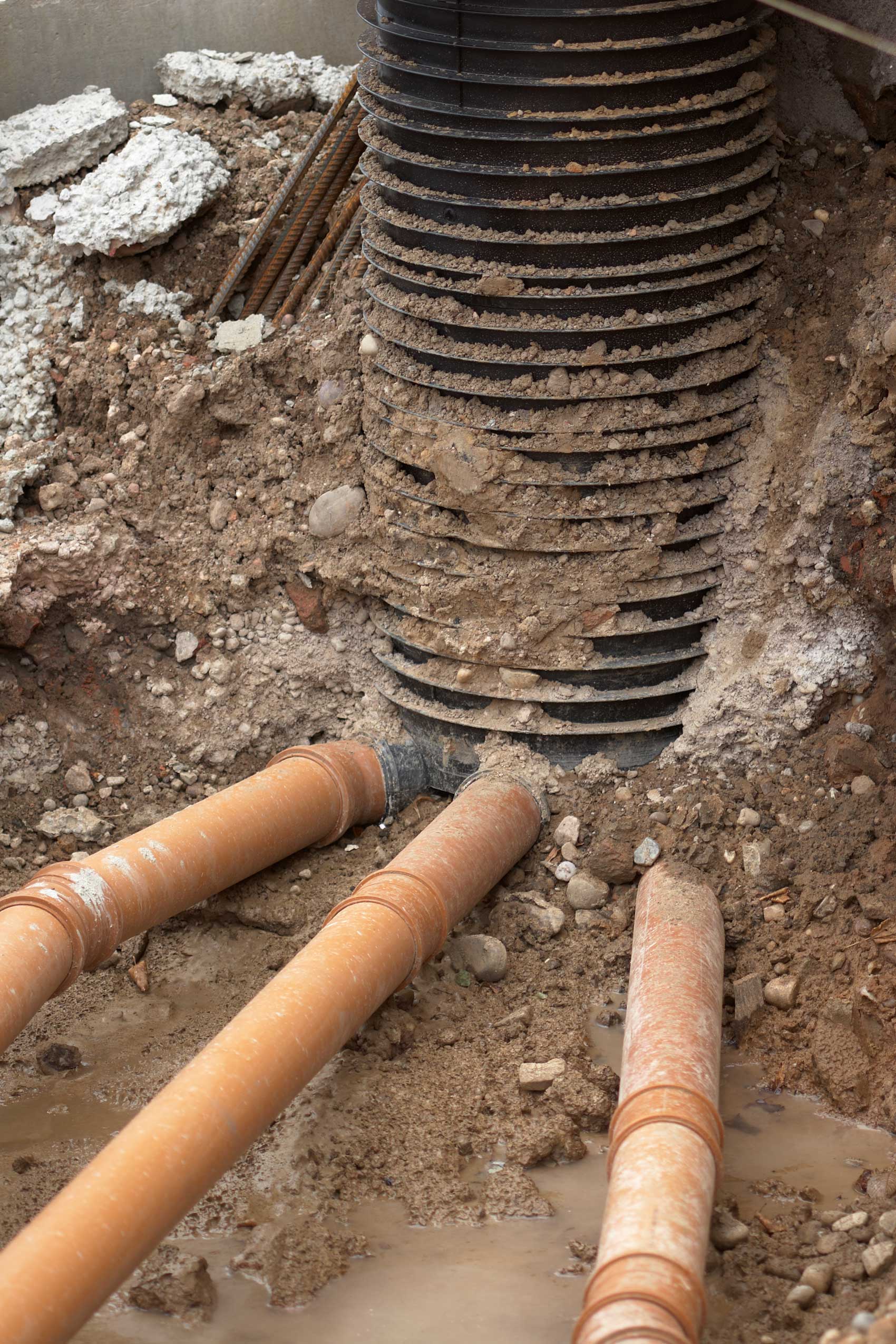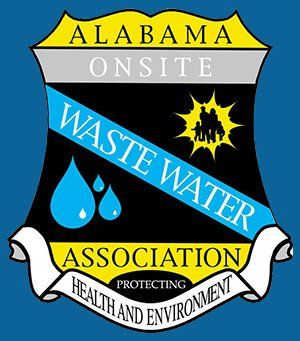4 Causes of Septic System Failure
- By Admin
- •
- 07 Jul, 2020
- •

Sewage backups are one of the most severe plumbing problems that can happen in any home. Repairing water damage and replacing the septic tank after a backup is one option, but preventing a septic failure in the first place is a great way to save money and avoid frustration. Here are four causes of septic system failure to know about so that you can keep your system as healthy as possible.
1. Full Septic Tank
The most common and most well-known septic system problem is a septic tank that is overfilled. If your tank is too full, waste and effluent won't be able to drain into the drain field properly, and you'll likely notice problems with your home's plumbing. Keeping an eye out for the signs that your septic tank is nearing capacity will let you get it pumped before any damage occurs.
The first symptom of a nearly full septic tank that most homeowners will notice is a slow draining toilet or sink. This is sometimes accompanied by a sewer smell from your drains and sometimes a gurgling noise. Outside, there may be standing water or a sewage smell in your yard above the drain field or lush grass where sewage has leaked out and fertilized it.
2. Damaged Drain Field Pipes
The soil in your drain field needs to be loose enough to allow effluent to seep through, and the pipes are buried closer to the surface than you might think. Driving over your drain field can compact the soil and prevent the pipes from leeching properly. The weight of a vehicle is also enough to crack the drain field pipes and lead to a host of issues.
One of the biggest problems posed by damaged drain field pipes is the opportunity for tree roots to infiltrate the septic system. Roots will grow into the pipes, blocking them off and widening any cracks that are already there. Cracked drain field pipes will also leak, which can saturate the soil around them to the point that it collapses from the weight of the soil above.
3. Diminished Tank Bacteria
Your septic tank relies on a delicate balance of bacteria to break down solid waste. If the bacteria in your tank is disrupted, waste won't break down properly and your tank will fill up much more quickly. Unfortunately, a few common household products can actually diminish the amount of bacteria in your septic tank if you pour them down the drain.
Household cleaners are one of the primary culprits behind septic tank bacteria issues. Bleach, disinfectant, and detergent are a few examples that you should never pour down the sink. Even drain cleaner can cause septic problems if it is used too often. Antibacterial cleaners and hand soaps will kill the bacteria in your septic tank just like the bacteria on surfaces, so limit their use if possible.
4. Neglected Routine Inspections
The most important thing you can do to avoid a septic system failure is to get your tank inspected regularly by a certified professional. Septic contractors will be able to test every aspect of your system and catch problems that may not have any symptoms that the homeowner can notice.
According to the Environmental Protection Agency, the average home needs a septic system inspection at least every three years. However, you may need inspections as frequently as every year if your system features more complex mechanical components.
Understanding the causes of septic system failure is essential to avoid costly repairs or replacement of the entire septic tank. Keep these tips in mind, and contact us at Allen's Septic Tank Service for all of your septic service needs.

